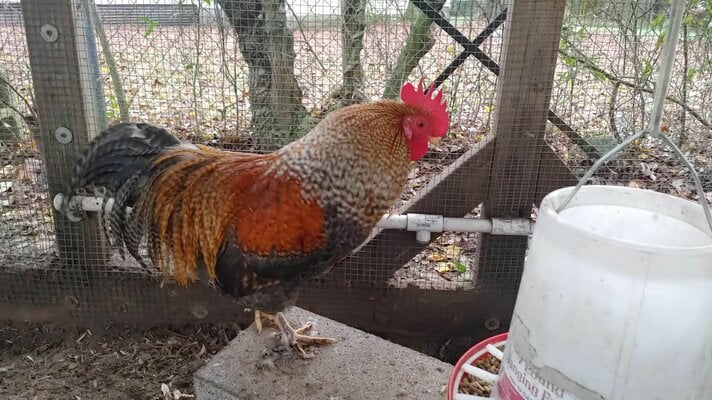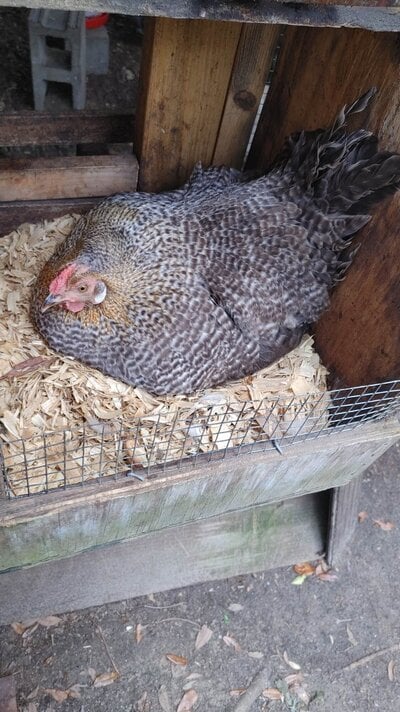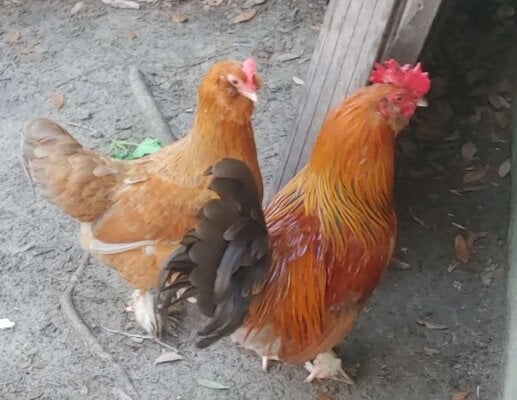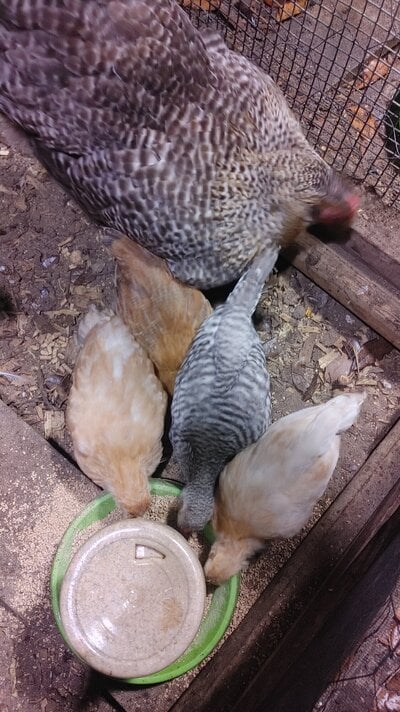LowcoMatt
Songster
Heres my Rooster (Handsome Henry) and Hen (Grey) that both (supposedly) carry genetic hackle genes. The one who I got them from admitted the Rooster was atleast 1/2-3/4 but had some crossing in his lineage but im very happy with his coloring and especially his demeanor. No problems with the wife or kids. The Hen came from an egg I got from her mother who looked exactly like her, and was in a pen with Two males that were almost white but had thin dark barring.
What is the roosters coloring called? I did cross this rooster to a MilleFluer duccle and got too beautiful red(mahogany) birds a boy and girl.
What could I expect coloring from these two offspring?
Would photos of the aforementioned mille cross youngsters be helpful?
What is the roosters coloring called? I did cross this rooster to a MilleFluer duccle and got too beautiful red(mahogany) birds a boy and girl.
What could I expect coloring from these two offspring?
Would photos of the aforementioned mille cross youngsters be helpful?








